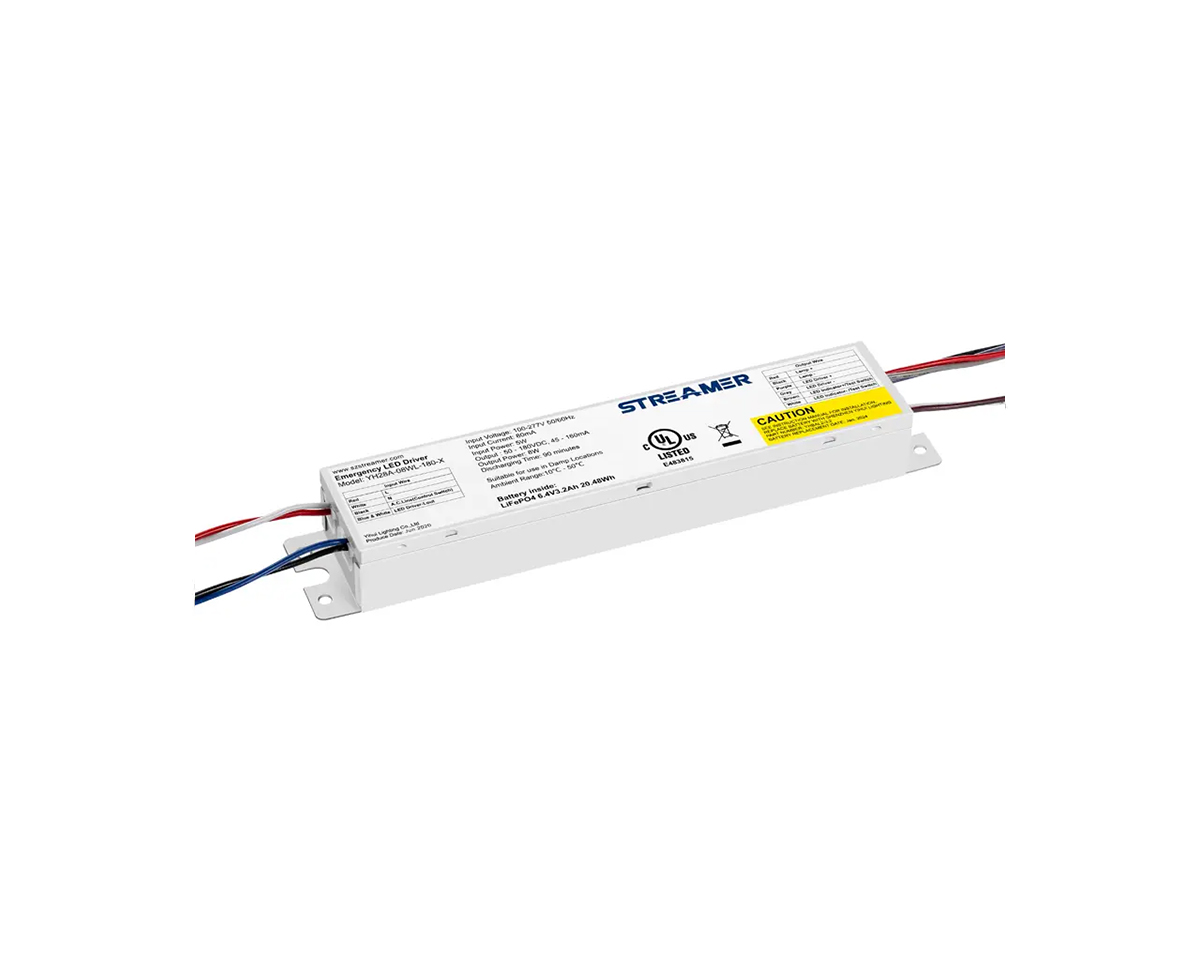 1
1
 Feb 02, 2025
Feb 02, 2025

The duration an emergency light can stay lit after a power outage depends on several factors, mainly the battery capacity, the power consumption of the LED light source, and the overall efficiency of the emergency light system.
The battery capacity is a crucial factor. For example, an emergency light with a Ni - Cd battery of 6V and 4Ah capacity, if the power consumption of the LED light source is 3W, we can calculate the theoretical runtime. First, we convert the battery capacity to watt - hours. The energy stored in the battery we get hours. However, in reality, due to losses in the conversion circuit and the battery's discharge characteristics, the actual runtime may be around 6 - 7 hours.
If the emergency light uses a Li - ion battery, say with a capacity of 3.7V and 2Ah, and the LED light source consumes 2W, the theoretical runtime is hours. Again, considering real - world factors such as the efficiency of the driver circuit and the battery's performance at different discharge rates, the actual runtime may be around 3 - 3.5 hours.
The type of LED used also affects the power consumption. High - efficiency LEDs consume less power and can extend the runtime of the emergency light. Additionally, some emergency lights have different brightness settings. Using a lower - brightness setting will consume less power and increase the battery's runtime. For example, if an emergency light has a high - brightness setting of 5W and a low - brightness setting of 2W, switching to the low - brightness setting can significantly increase the time the light can stay lit during a power outage.